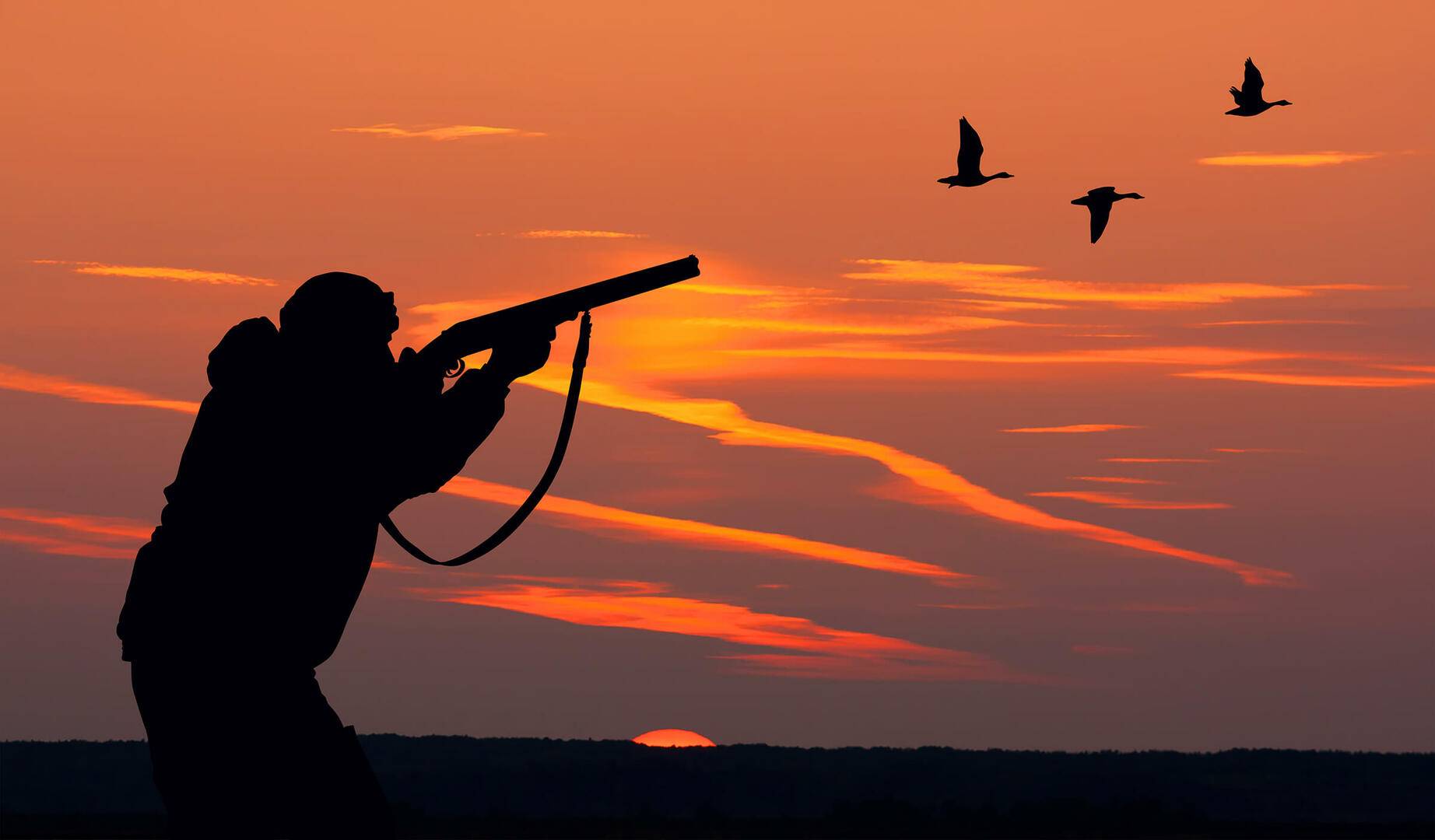The Basics of Waterfowl Spreads

The Basics of Waterfowl Spreads
As the temps cool and the last of the leaves finish turning from brilliant yellows, reds, and oranges into a dull brown, the energy builds for the waterfowl hunters in Iowa. Iowa falls into the Central Mississippi Flyway and Iowa hunters are lucky enough to have access to nearly 50% of the waterfowl species that migrate across North America. On top of that, Iowa’s landscape provides some of the best agricultural, river, and still water opportunities in the country for weary, hungry, feathered travelers as they make their way south.
With so many food and water options available to the migrating flocks, it may seem like getting birds to drop out of the sky on their commute to your location may be a hard thing to do. Some waterfowlers I have hunted with over the years make setting decoys seem like something that needs a degree in engineering, calculous, and witchcraft from IA State…. while others basically dump their decoys in a pile before jumping into their blinds for the morning. I have seen success and downright embarrassment from both systems. Luckily for us novice hunters, there are only a few key things to consider when setting a spread for waterfowl that are proven to catch a bird’s eye, so they choose your spread as an enticing place to land.
Be Where the Birds Want to Be
Ducks and geese, believe it or not, have the same things in mind as a turkey in the fall: food, water, and a nice place to roost. Waterfowl use water to roost during the day and night, before their stomachs tell them it’s time to eat. Finding the right food and water source can be a tougher game, with Iowa providing so many of them. I typically plan a drive or two around the areas I may want to hunt in the morning and evening. I pay special attention to where the flocks are taking off from, and where they are flying to, and use a mapping app to key in on which waterbodies they are drawn to before and after breakfast or in midafternoon, and the major ag fields they are keying in.
Does You Spread Size Matter?
Size does AND doesn’t matter. There is no secret that bigger spreads can draw curious flocks in from a long way out. On the flip side…if you are where the birds want to be, even a handful of decoys laid out in a favorable spread can be enough to let the real birds know they need to check your spot out. I have had more success with smaller spreads of 12 or so ducks and a handful of geese decoys by being in the right place with the right layout for the location and conditions, that I have had by simply piling dozens of decoys out for the love of the game.
Play the Wind
Like whitetail hunting, duck hunters need to understand what the wind is doing, or going to be doing, while they are out hunting. Waterfowl are fast moving birds and often come in over the course of multiple passes to check out an area before committing to a landing. While they are checking out things like other birds, looking for predators, and water/food conditions, they are also playing pilot looking for the best possible runway and approach route to take to get on the ground (or water) safely.
Ducks and geese use the wind in their face to help them balance, slow down, and touch down gracefully to a food or roost area. When setting your decoys, make sure to create a landing zone that lets the inbound birds use the wind in their face. Think of this in most cases as making a horseshoe, funnel, or something similar that guides the inbound birds into the wind and into your sights.
Movement Matters
If you have spent any time at all watching waterfowl, they like to move. One key factor in an attractive waterfowl spread of any size is movement. This doesn’t mean you need to forfeit a truck payment to buy electronic decoys, but it does mean you want to factor movement into making your spread more attractive than the live ducks on the next bend of the river. Simple things like having enough cord length for your ducks to move when anchored on the water, or bringing a black and white flag or bag on a pole with you to the field can be enough to get birds to commit to your location over another.
Touch-Up Your Decoys
Keep your spread looking good. You wouldn’t show up to a CEO job interview without at least a nice pair of slacks, button up shirt, and nice shoes, would you? In the waterfowl arena, every decoy spread you make will be interviewed by panels of ducks and geese to see if they are a group they want to hang out with. The less suspicious your decoys look, the better the odds that they win the live birds over.
If you are using painted plastic decoys (most of them on the market are), just make sure that you give them a good once over before dropping them in your bag for the next trip. Kids paint and an artist’s touch can bring a rag tag set of decoys back to life, and it does matter more than you would think for waterfowl to feel safe enough to land with a new group of birds.
By Aaron Stonehocker
December 2023
Check out this article for some more Waterfowling Advice
Or if you are looking for the Digital Version of This Month’s Issue here it is
Looking for our Cattle/Dairy side of things

